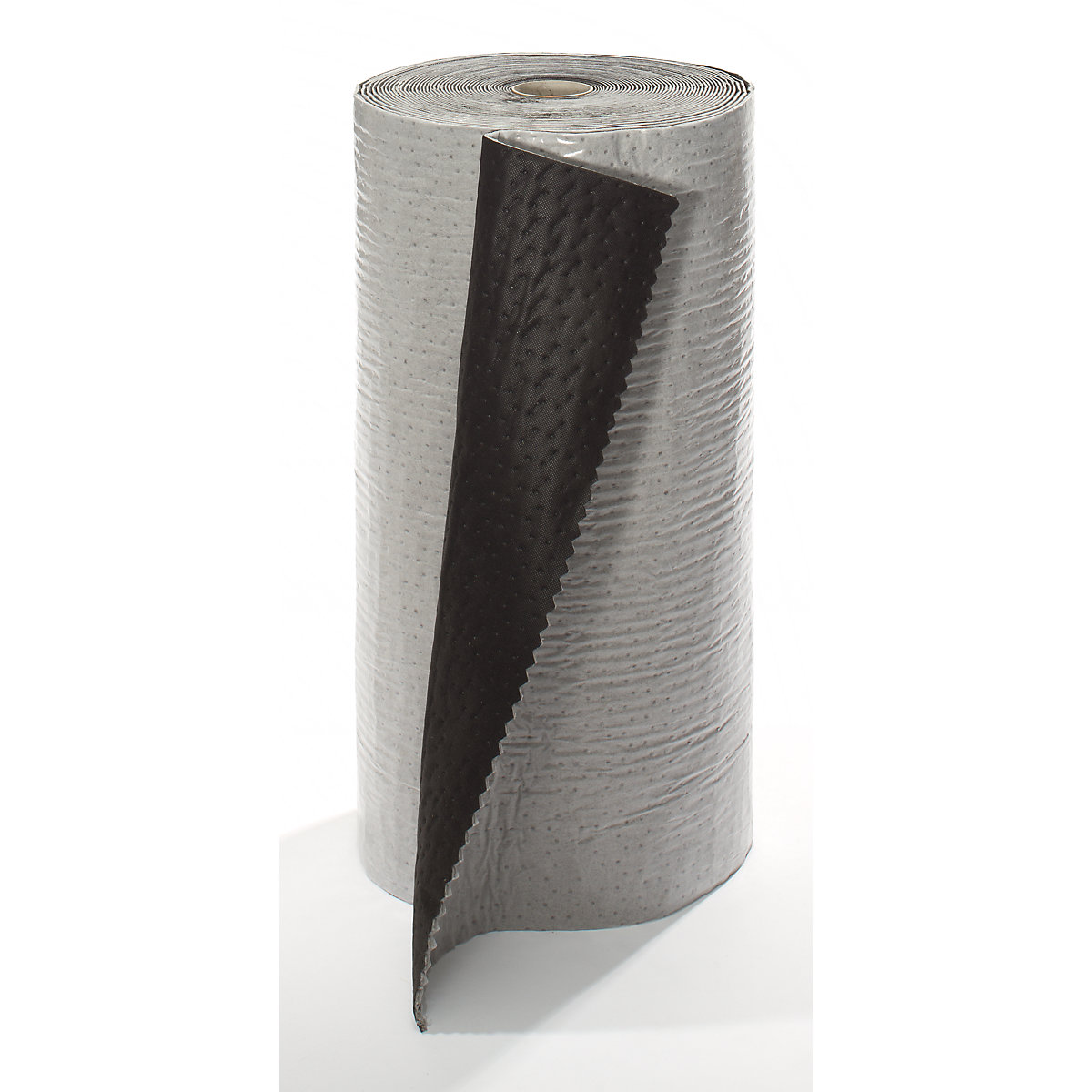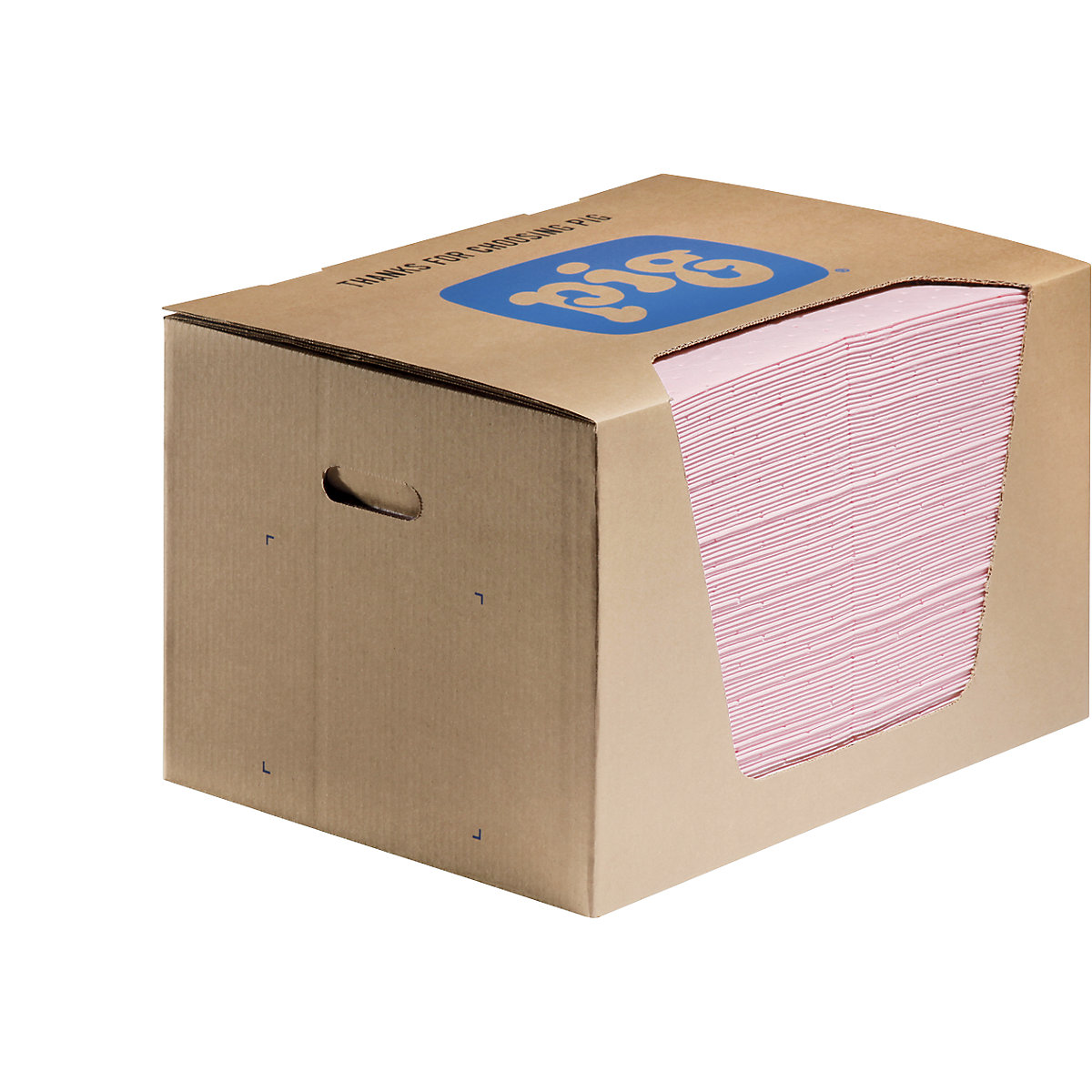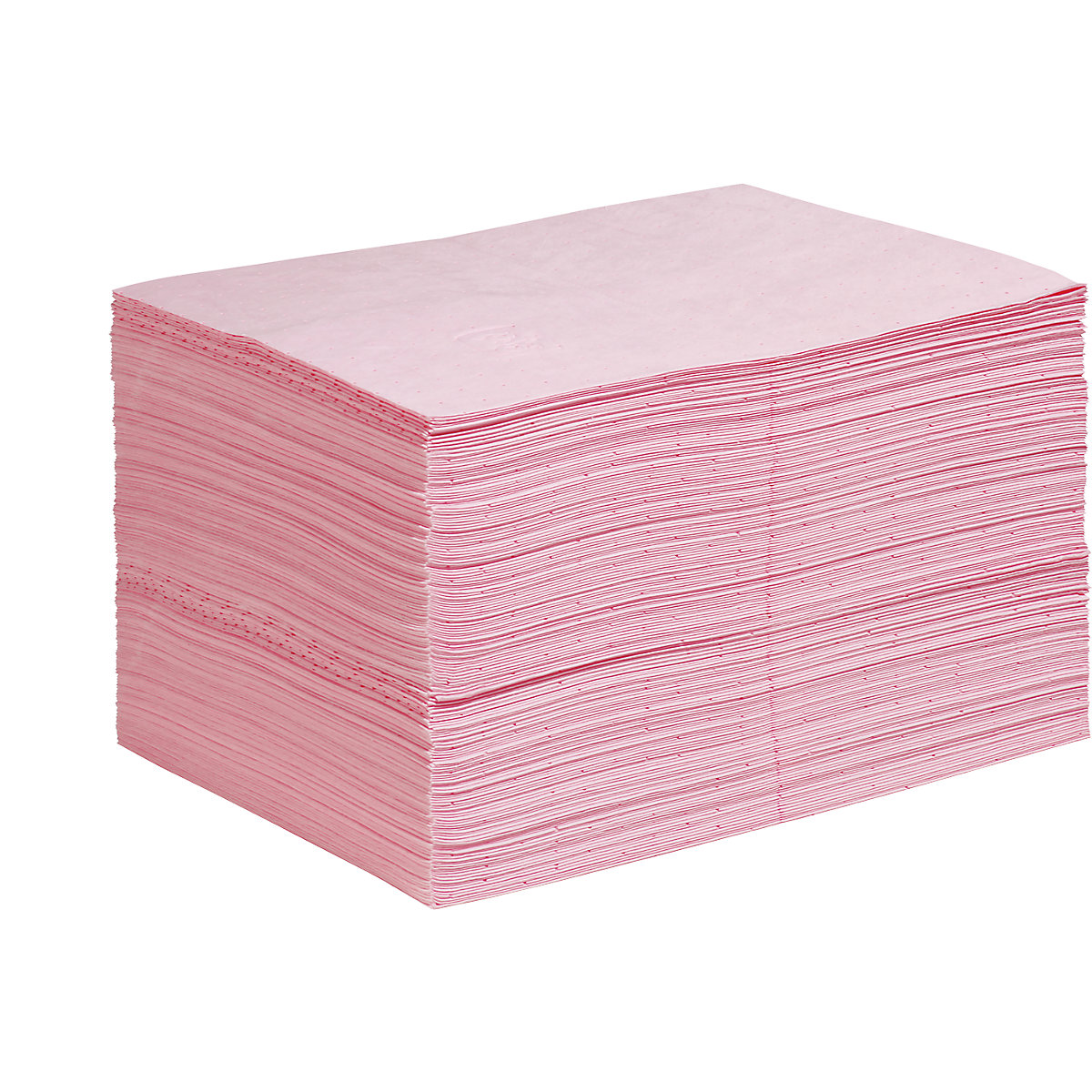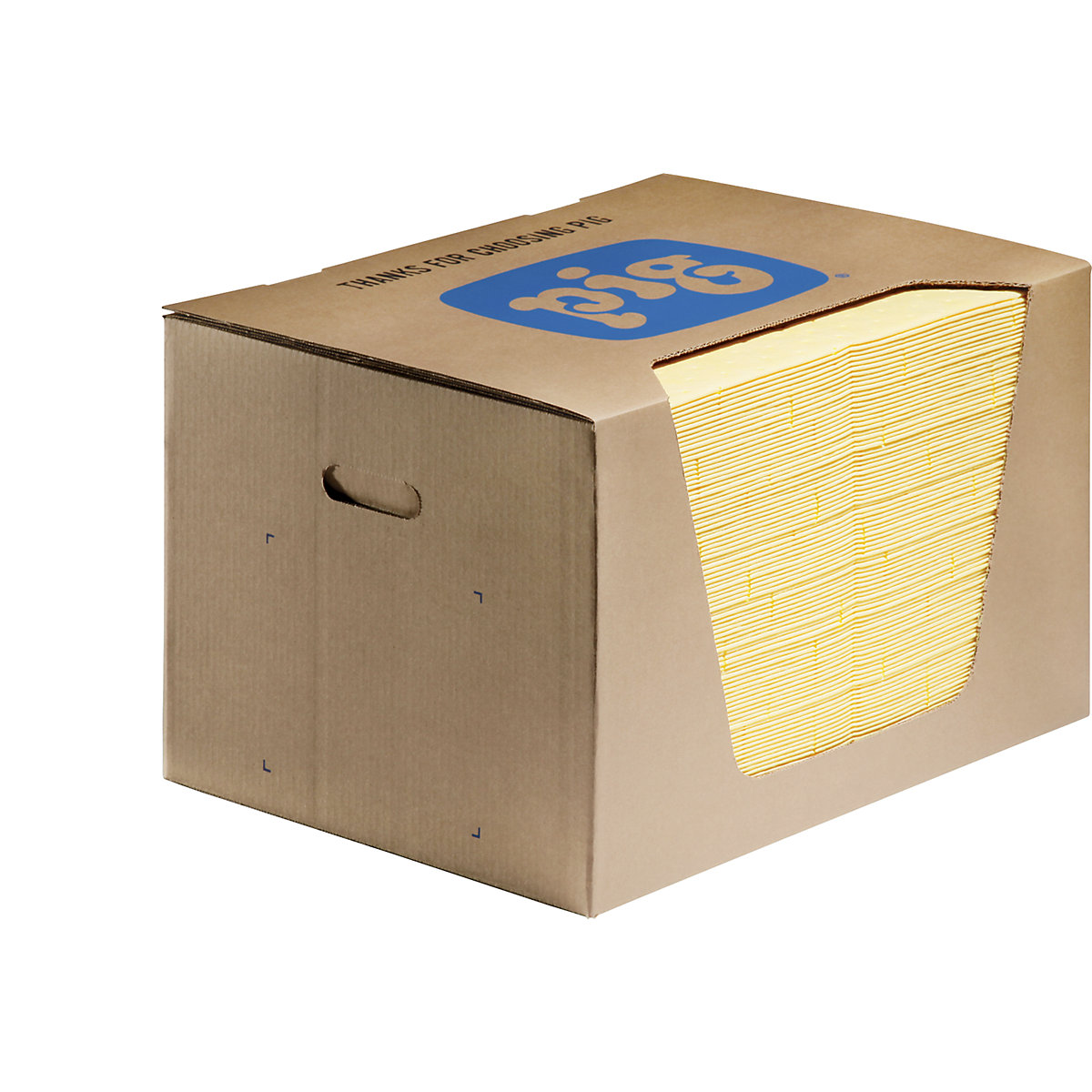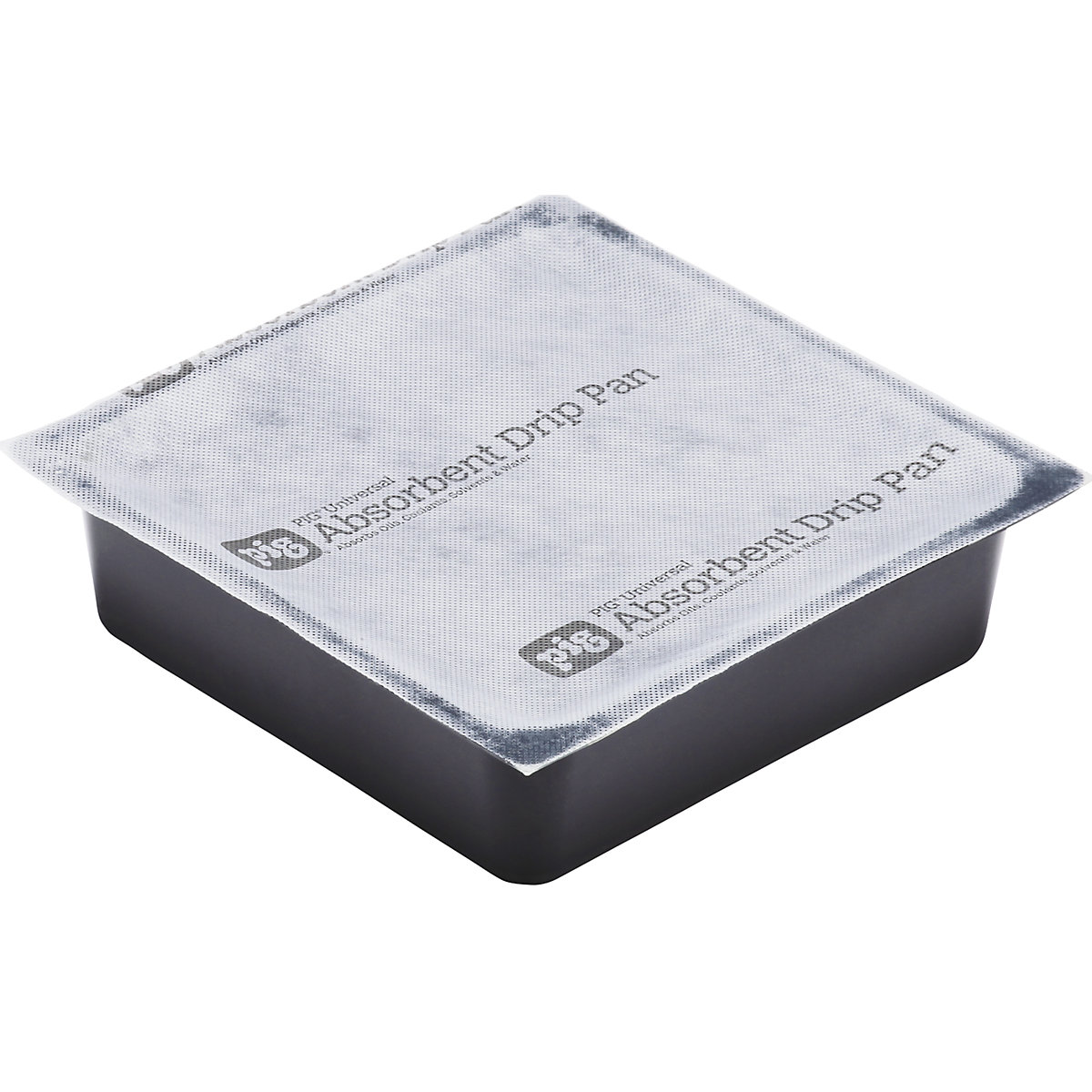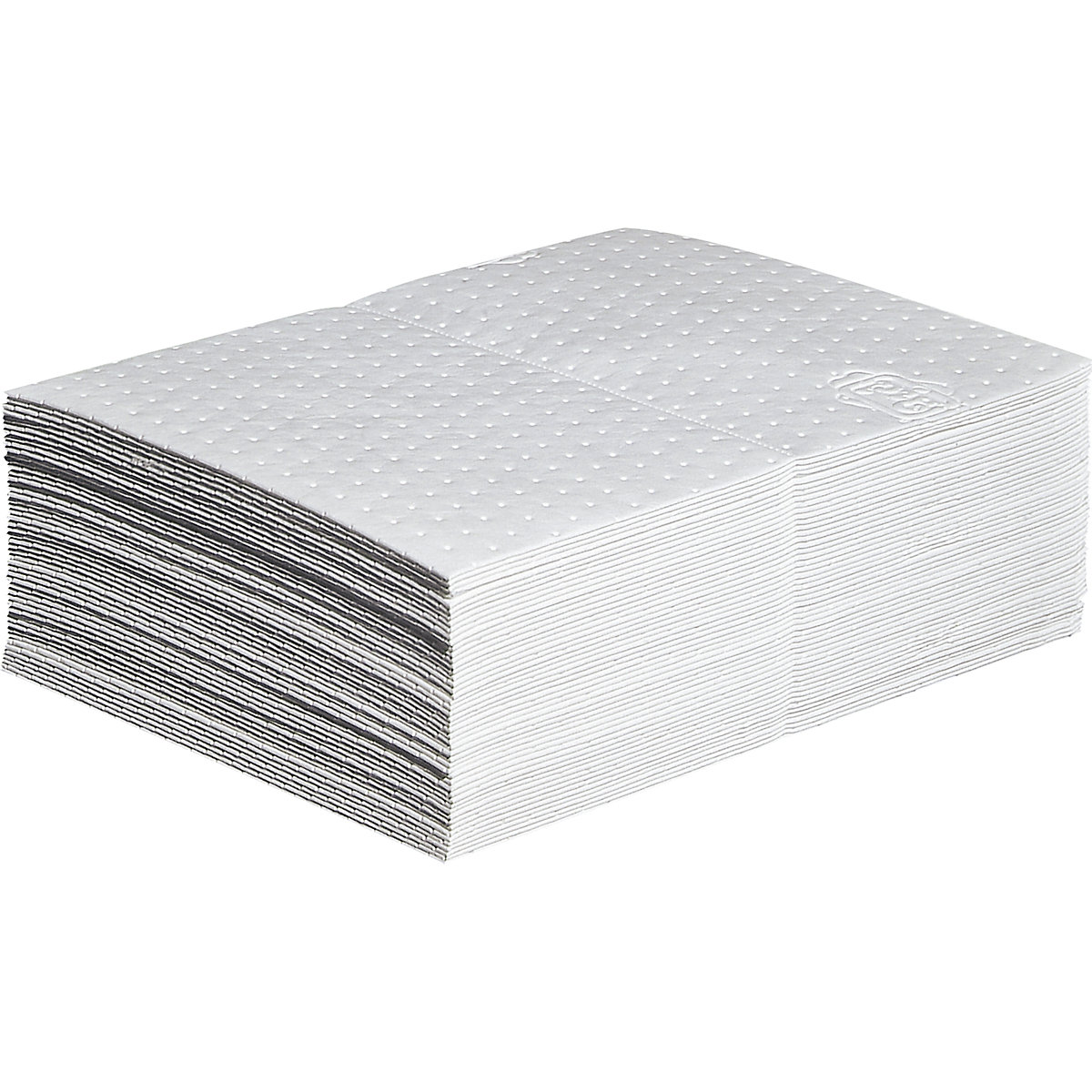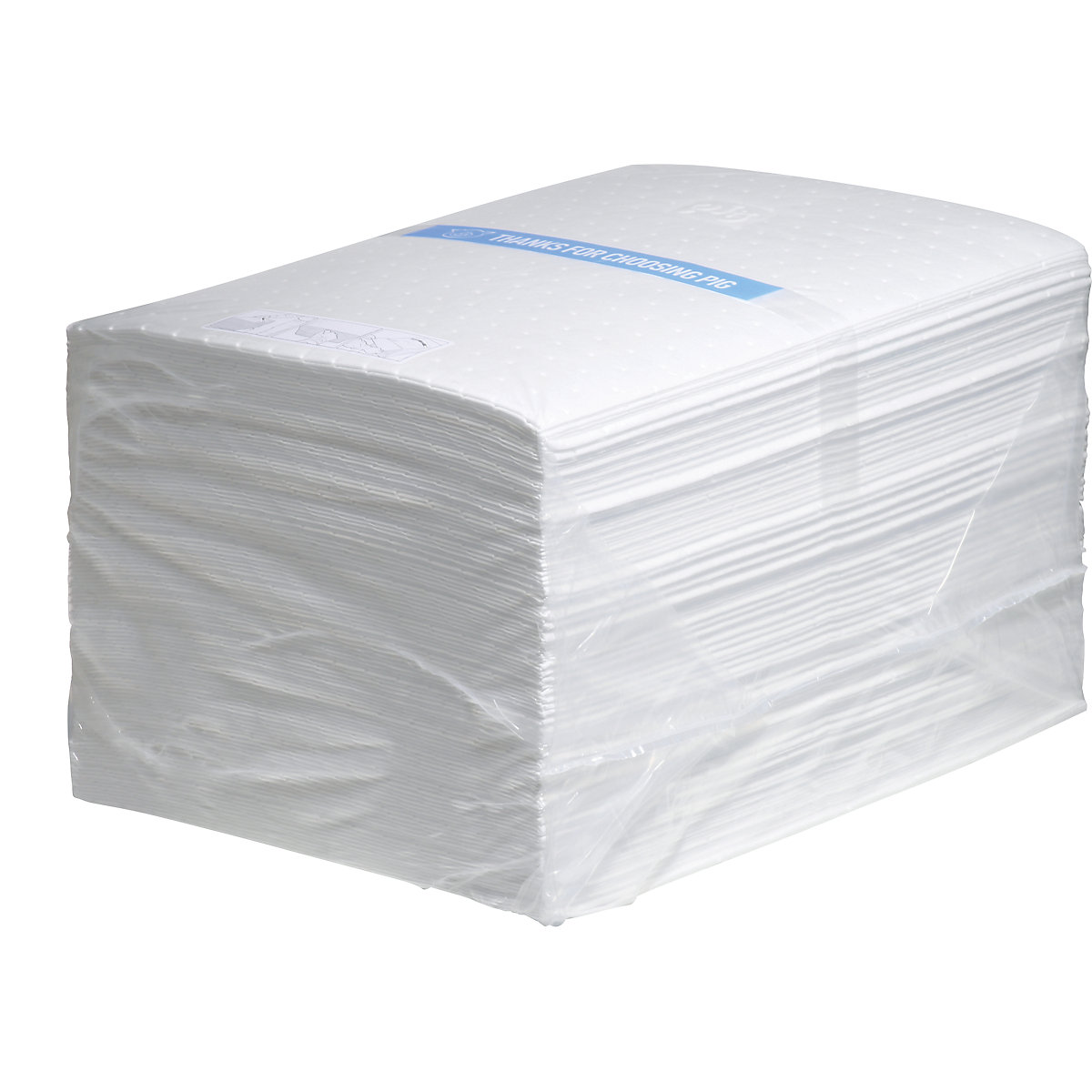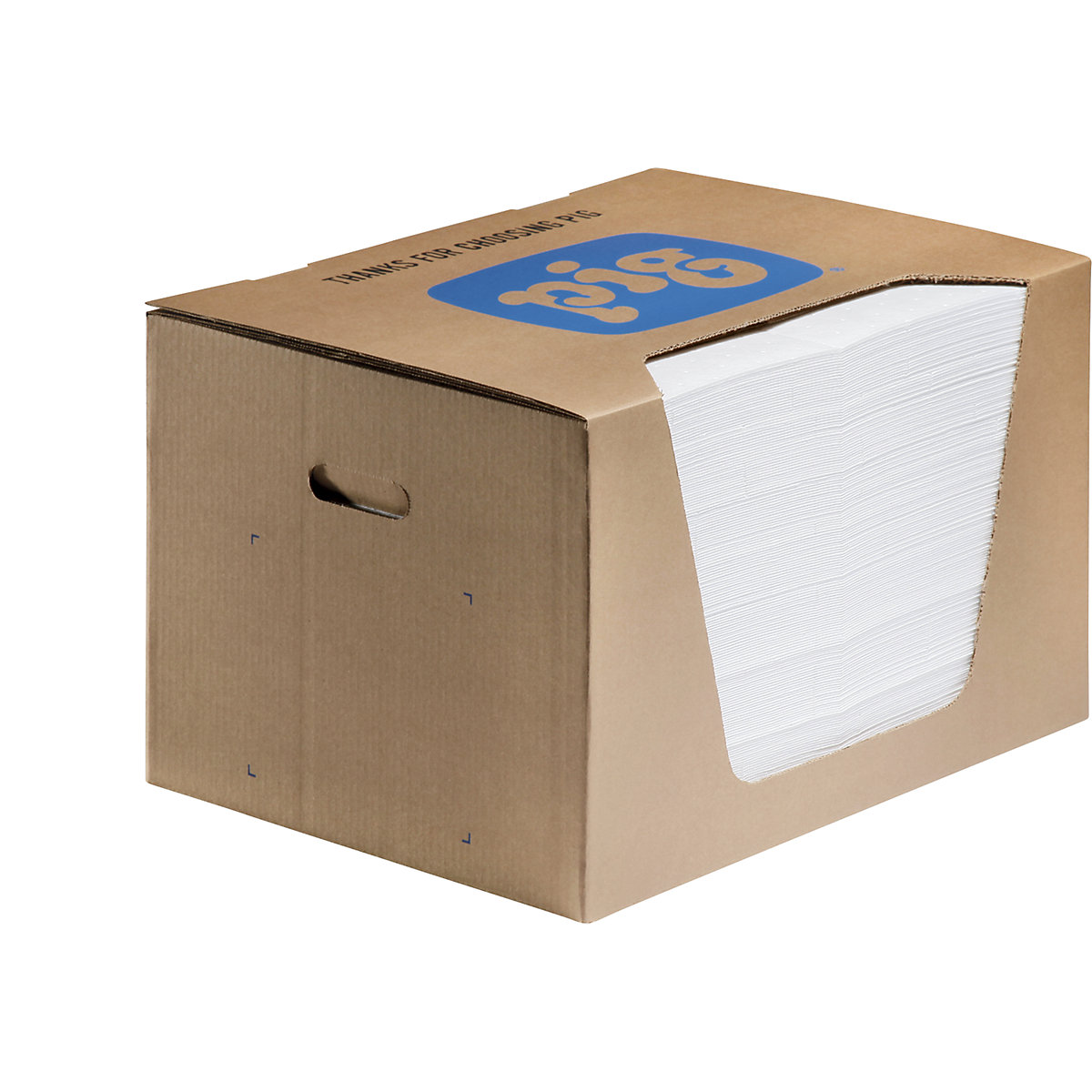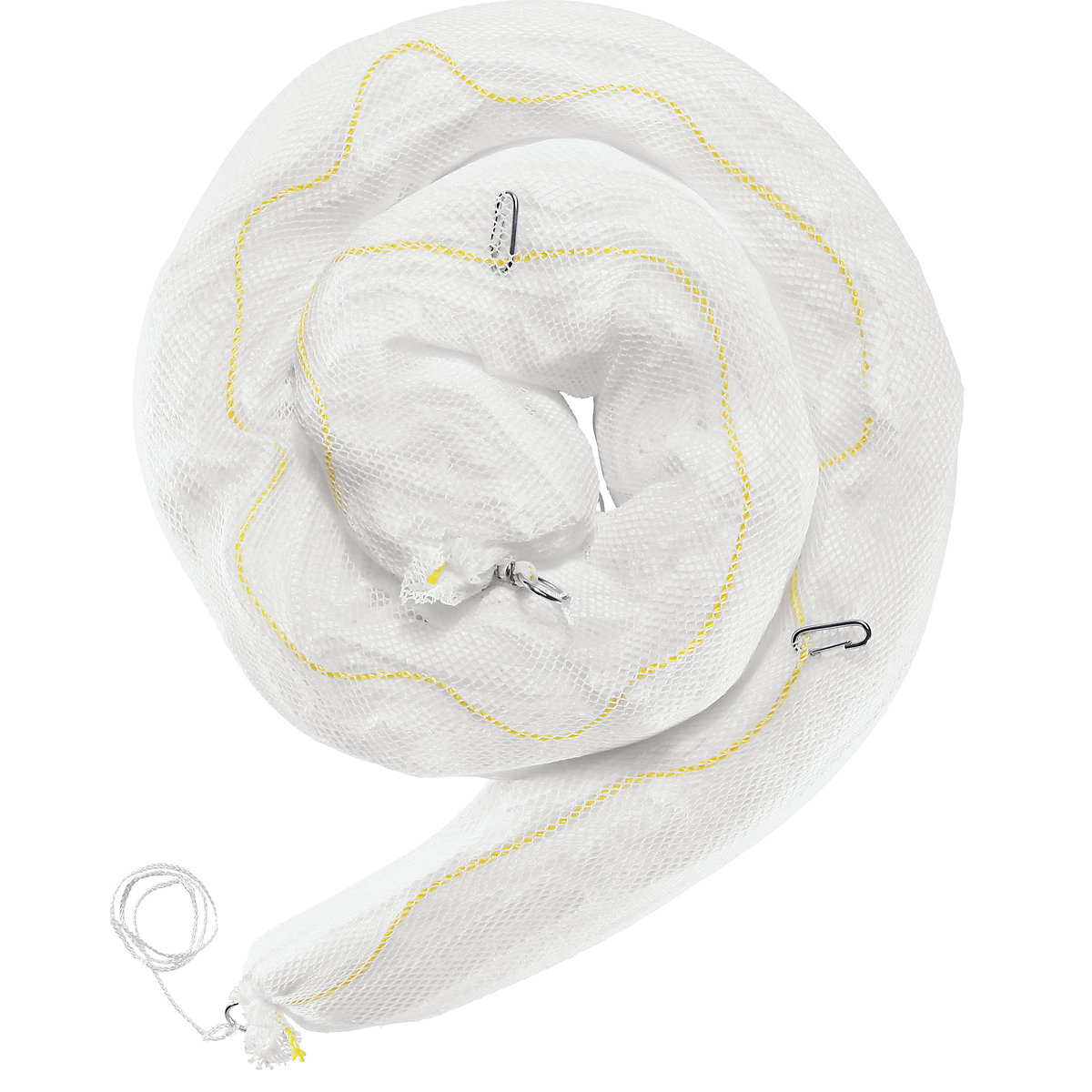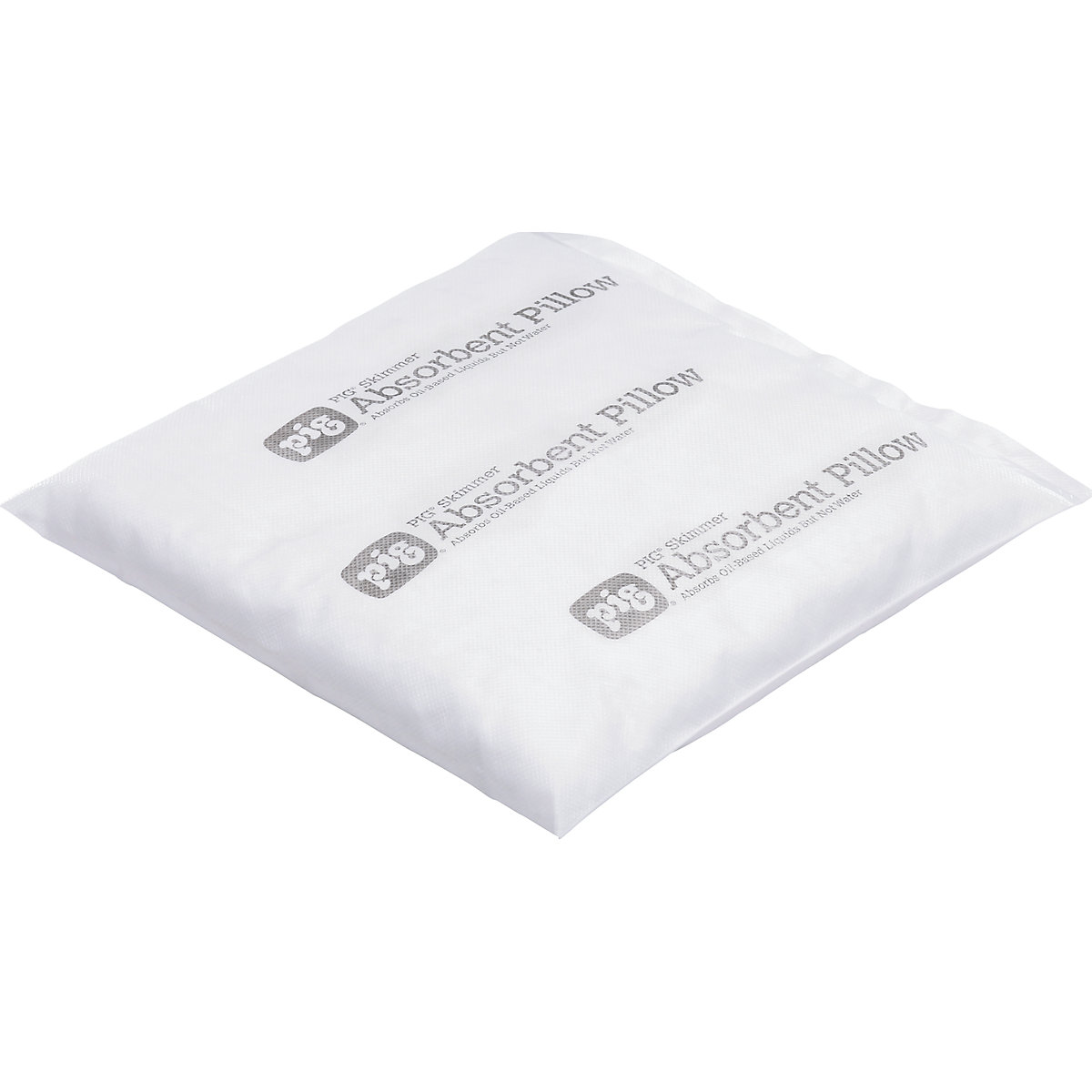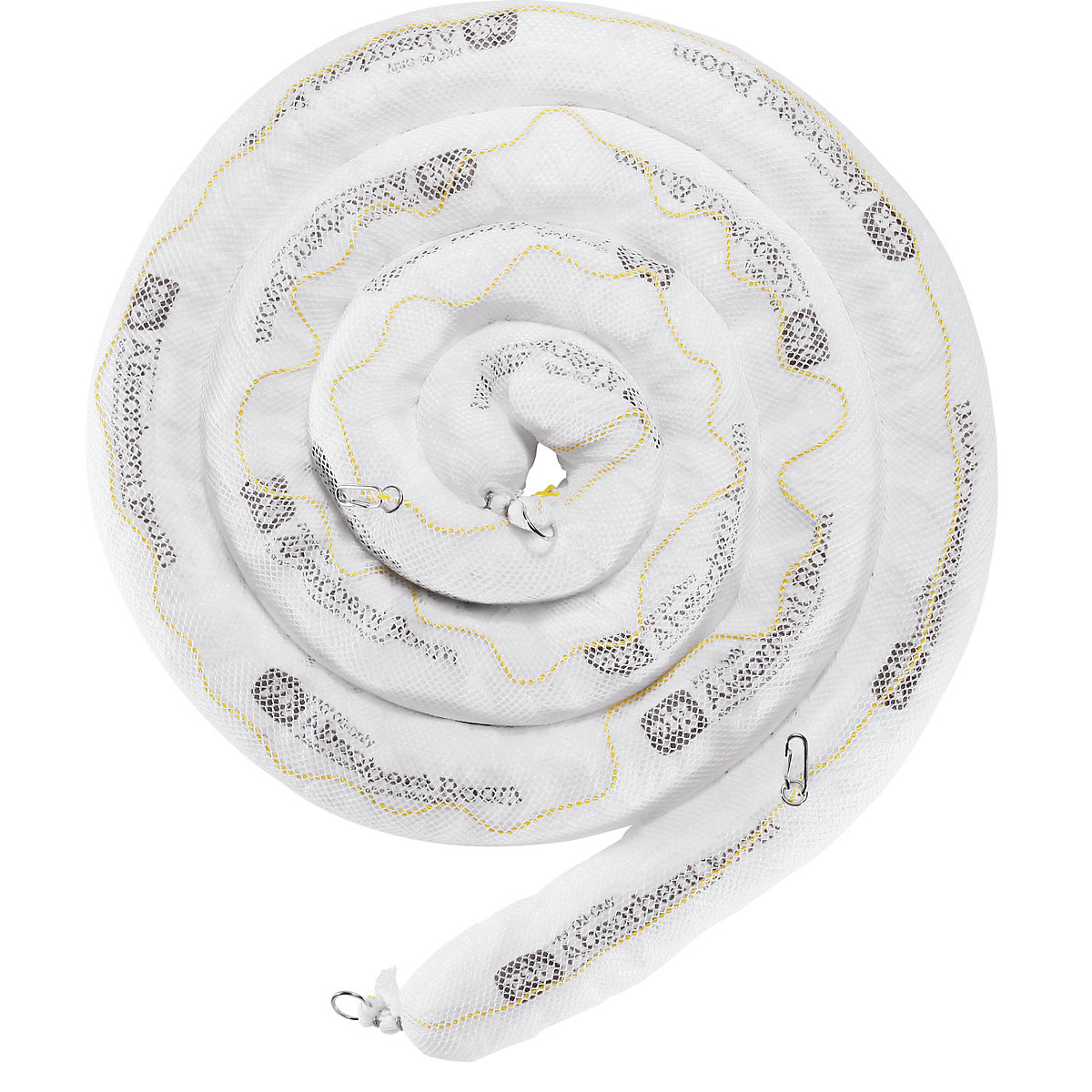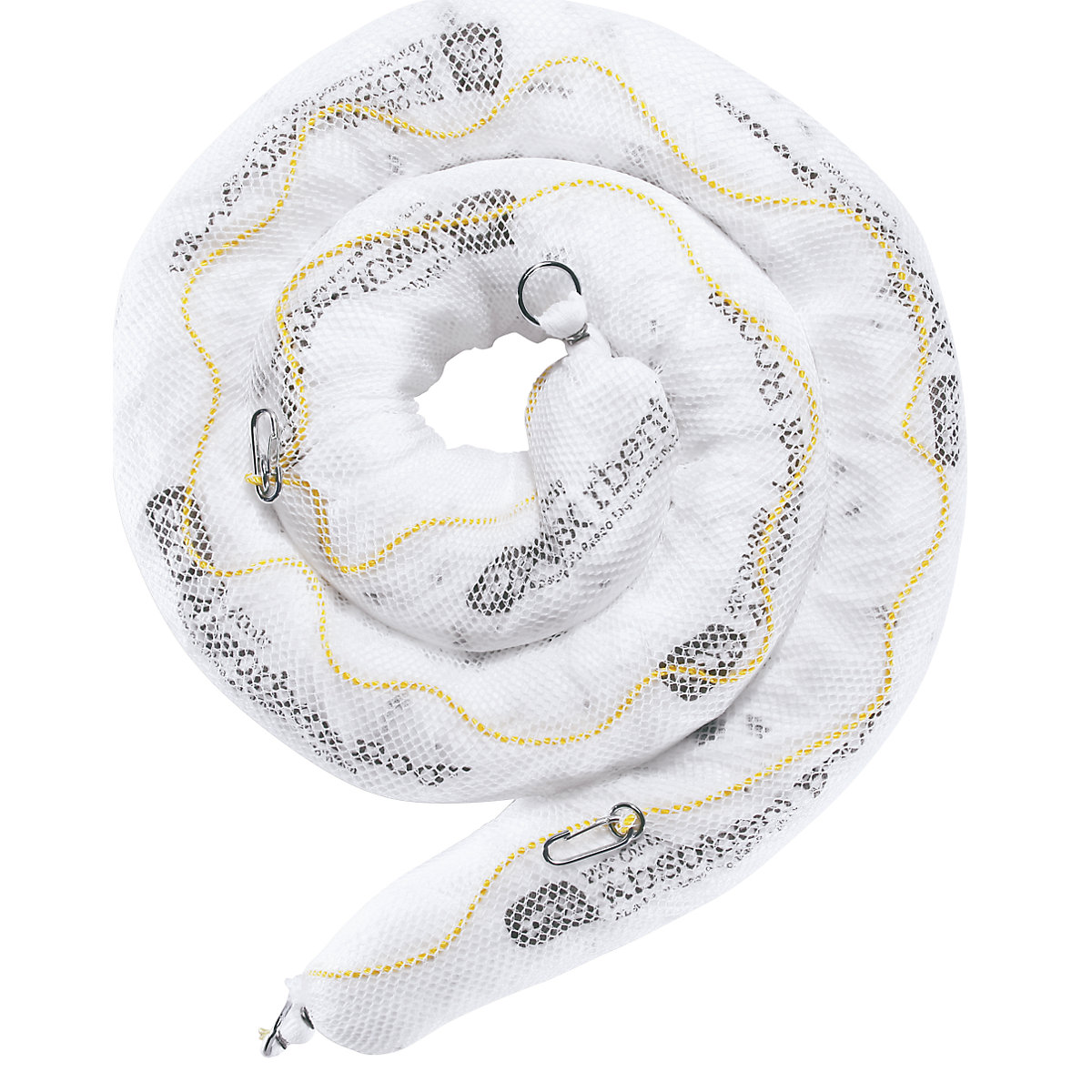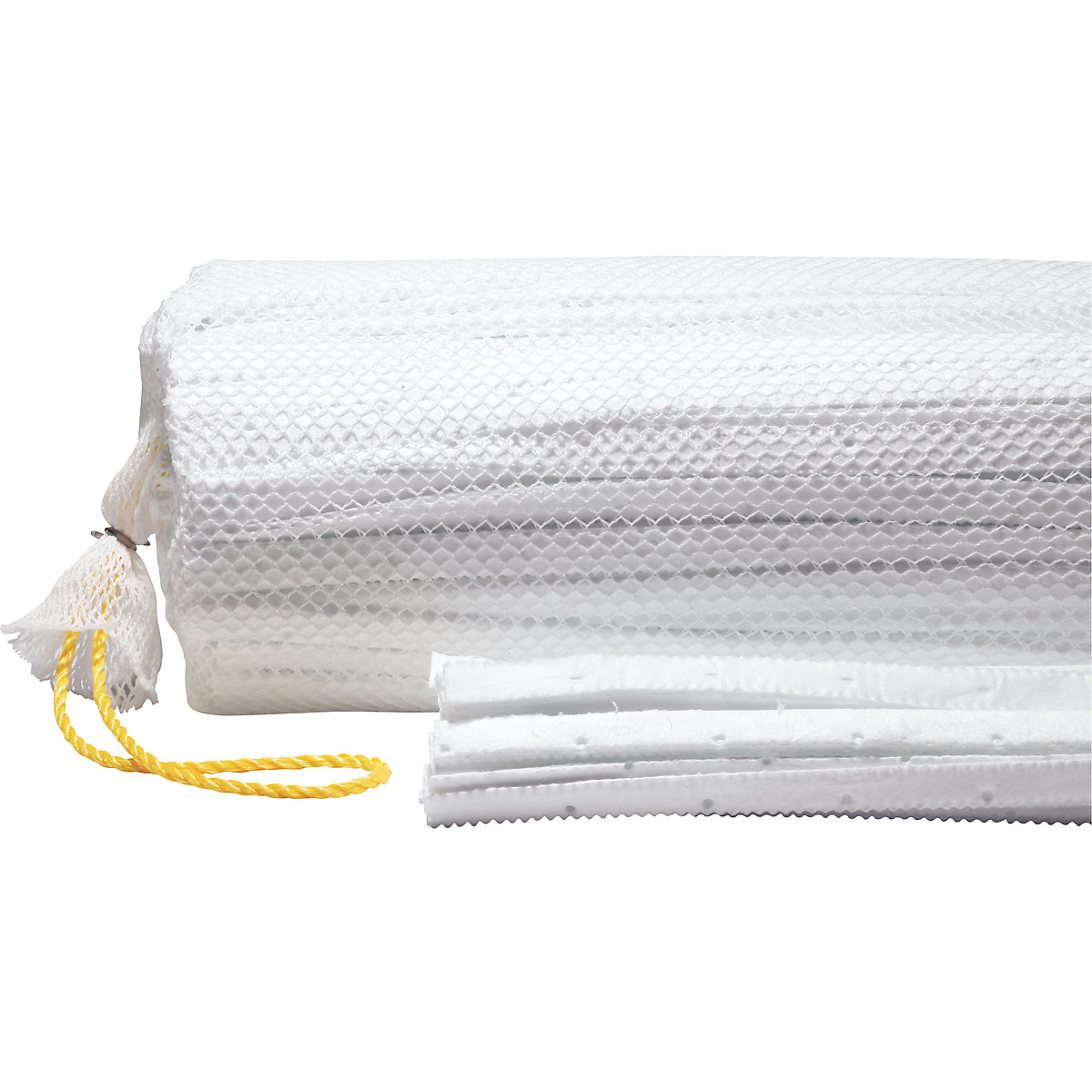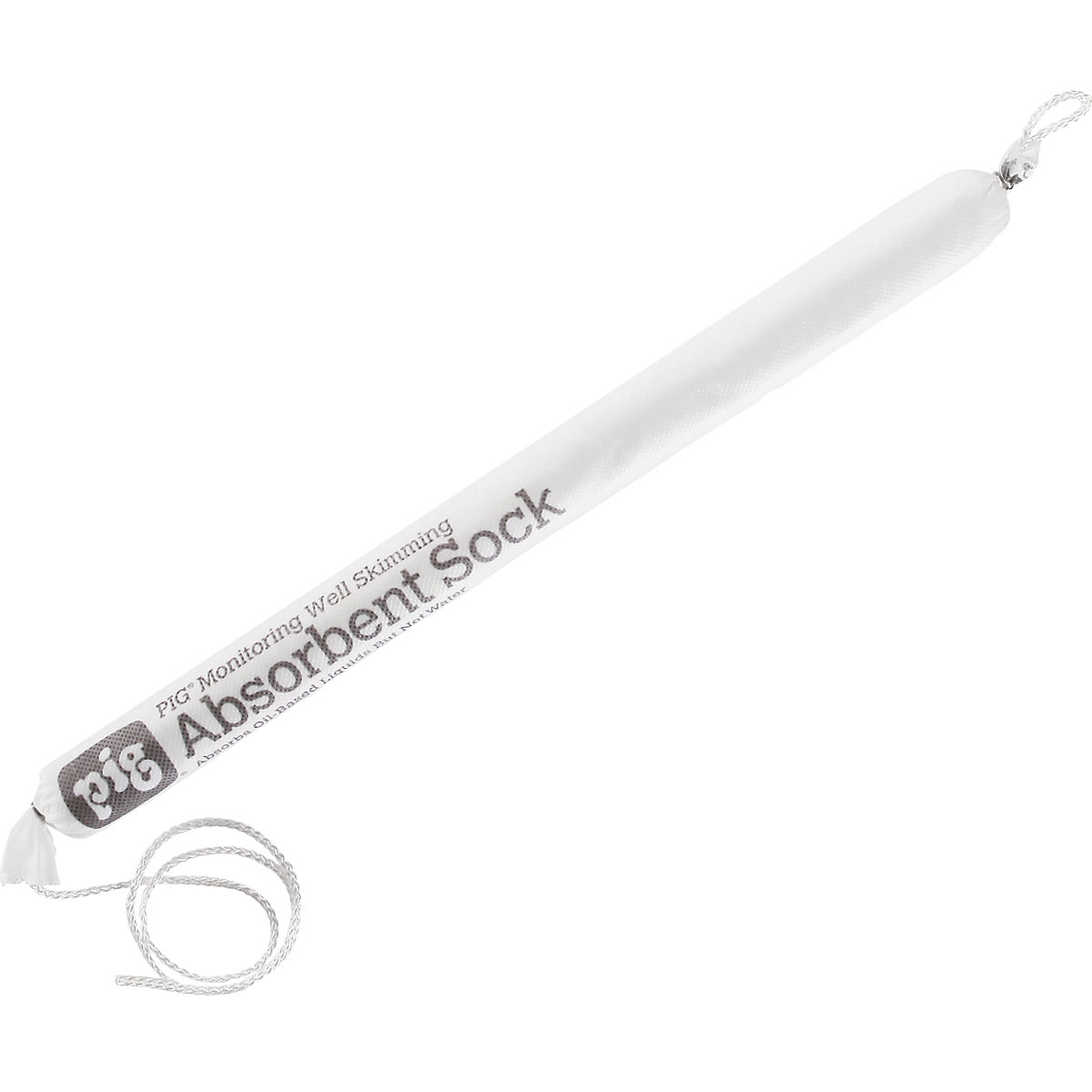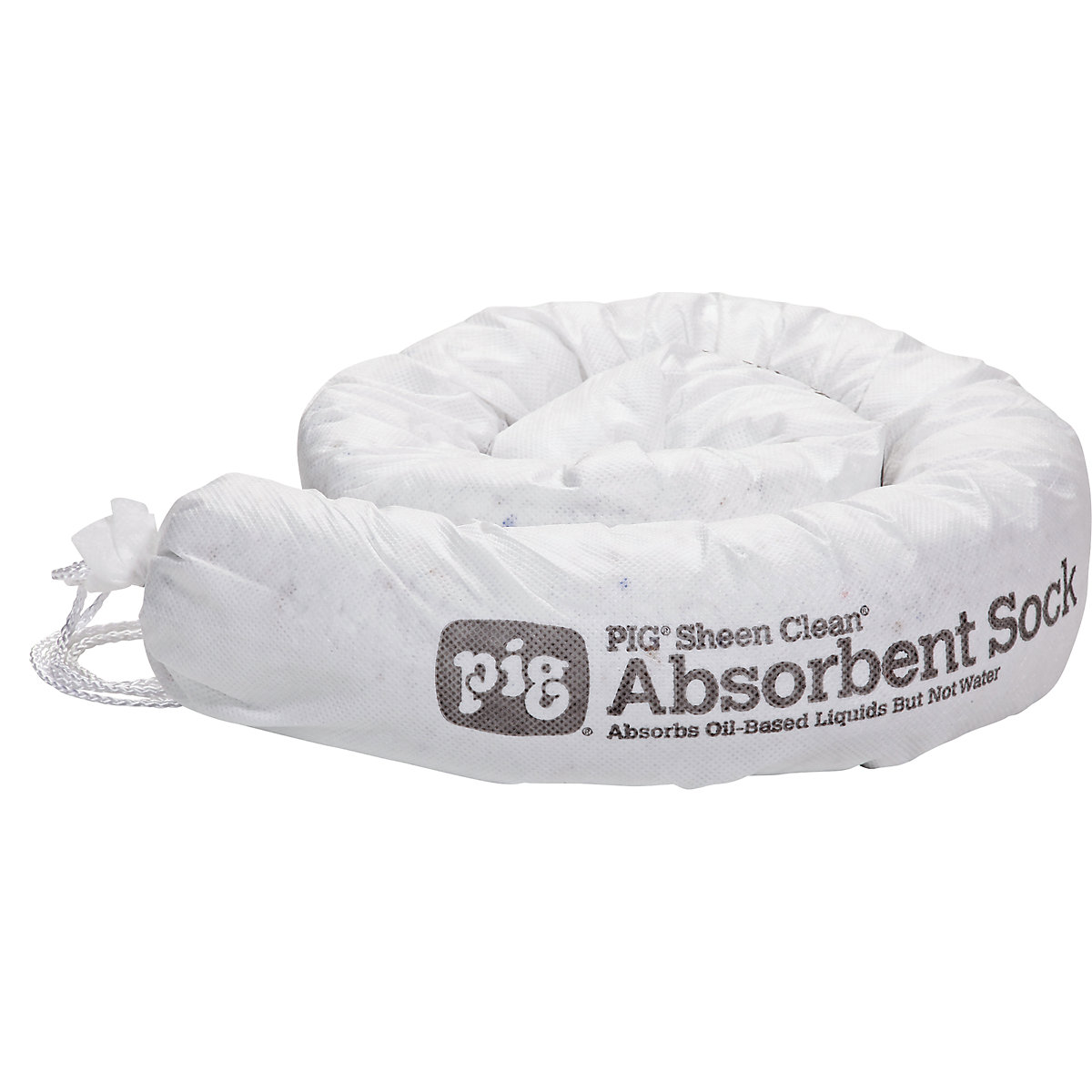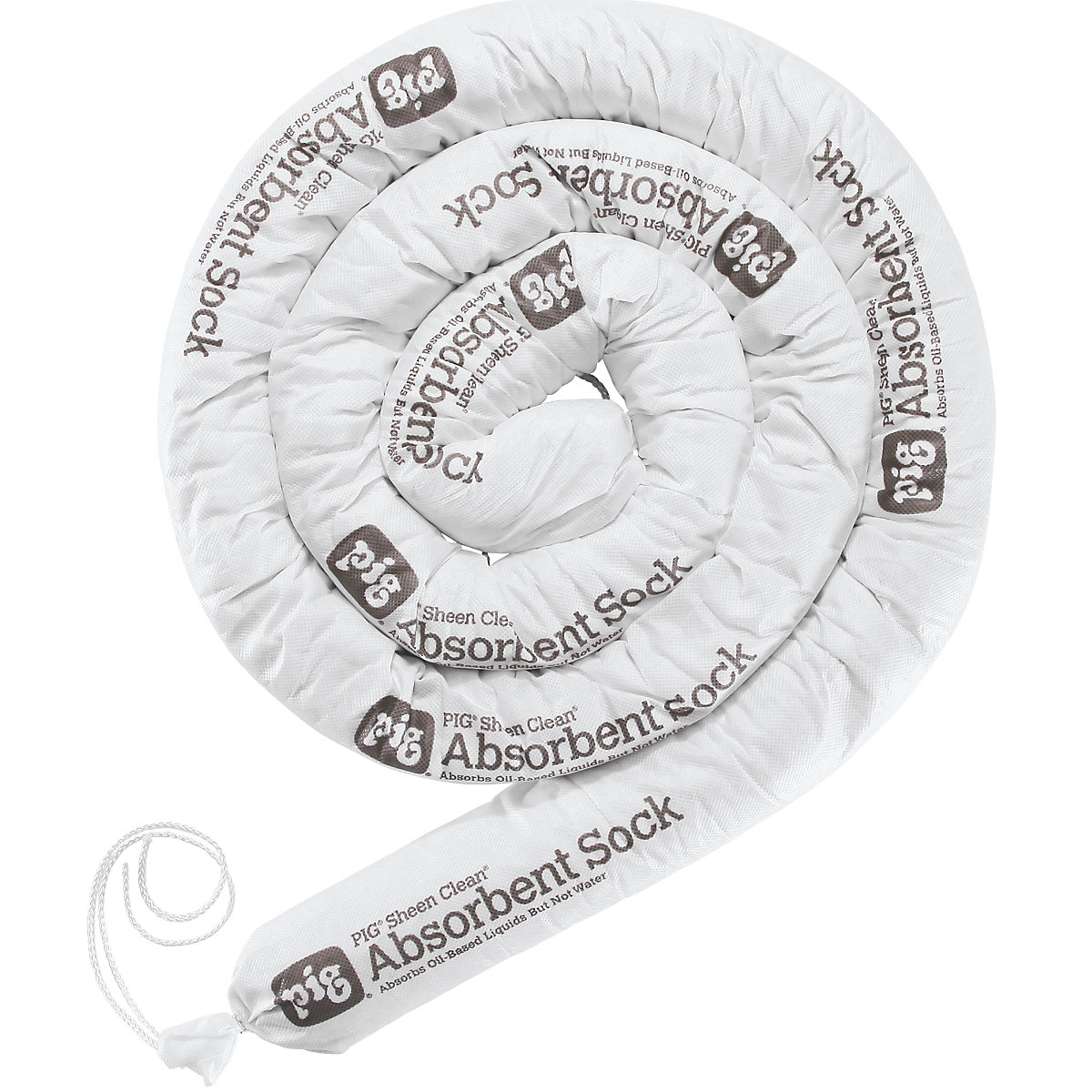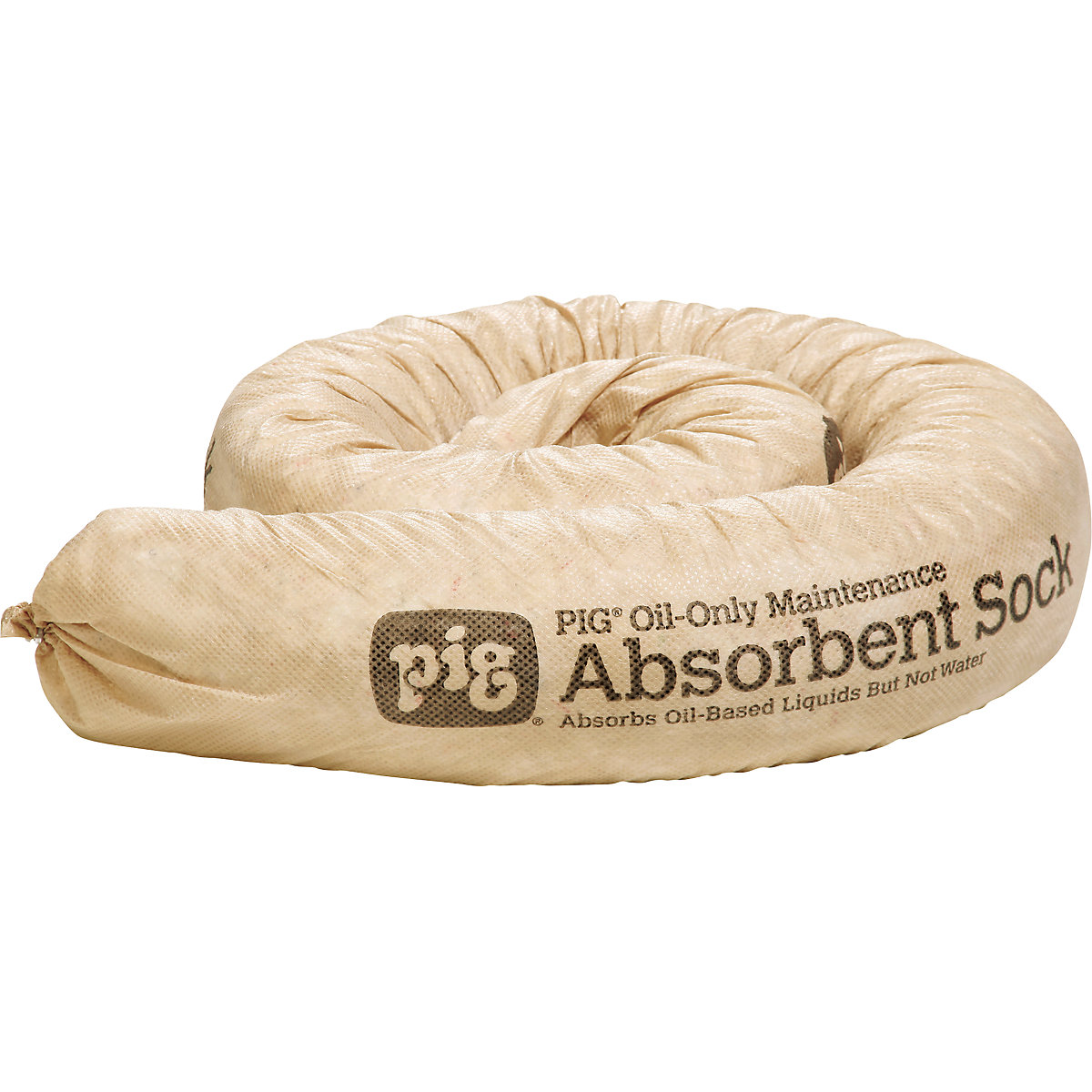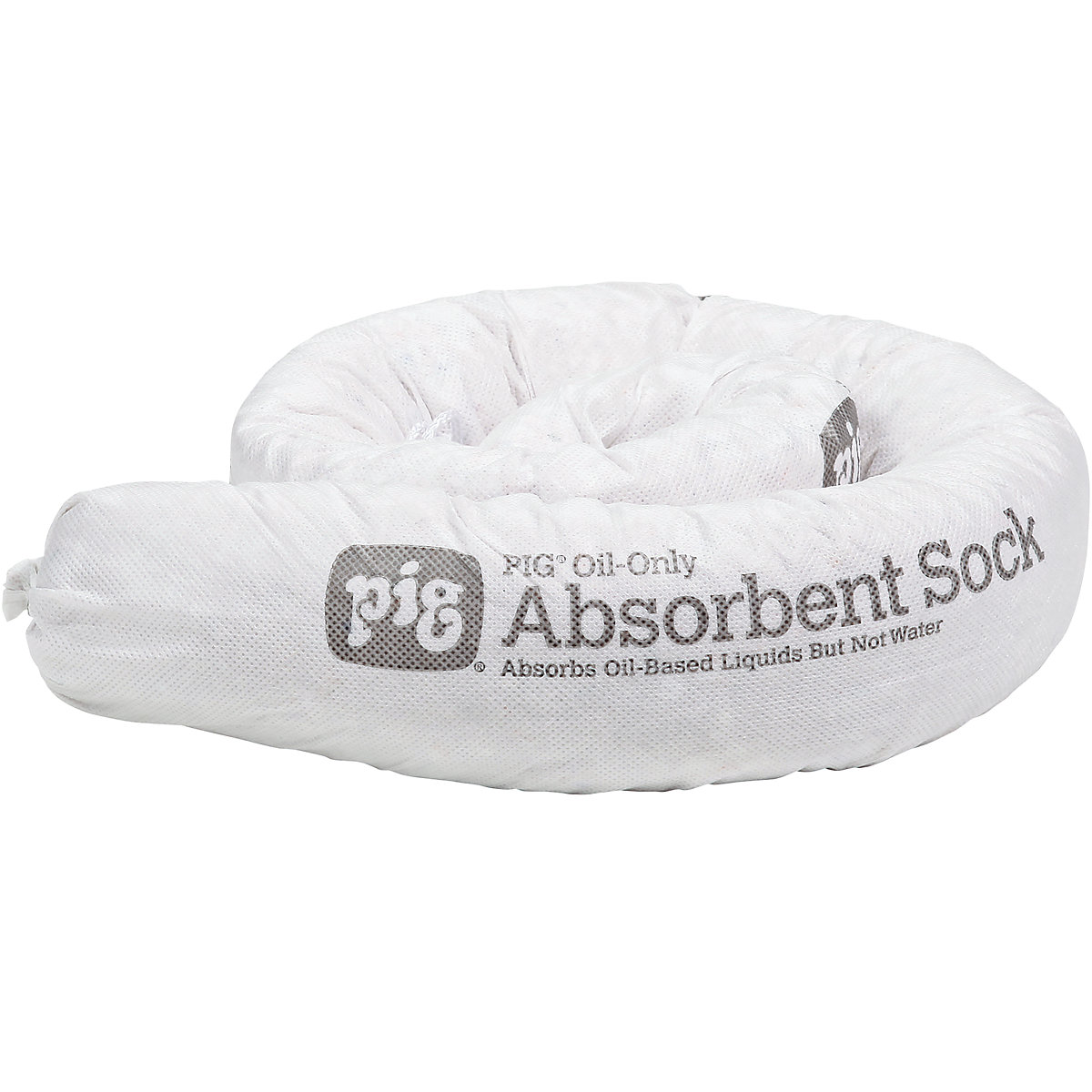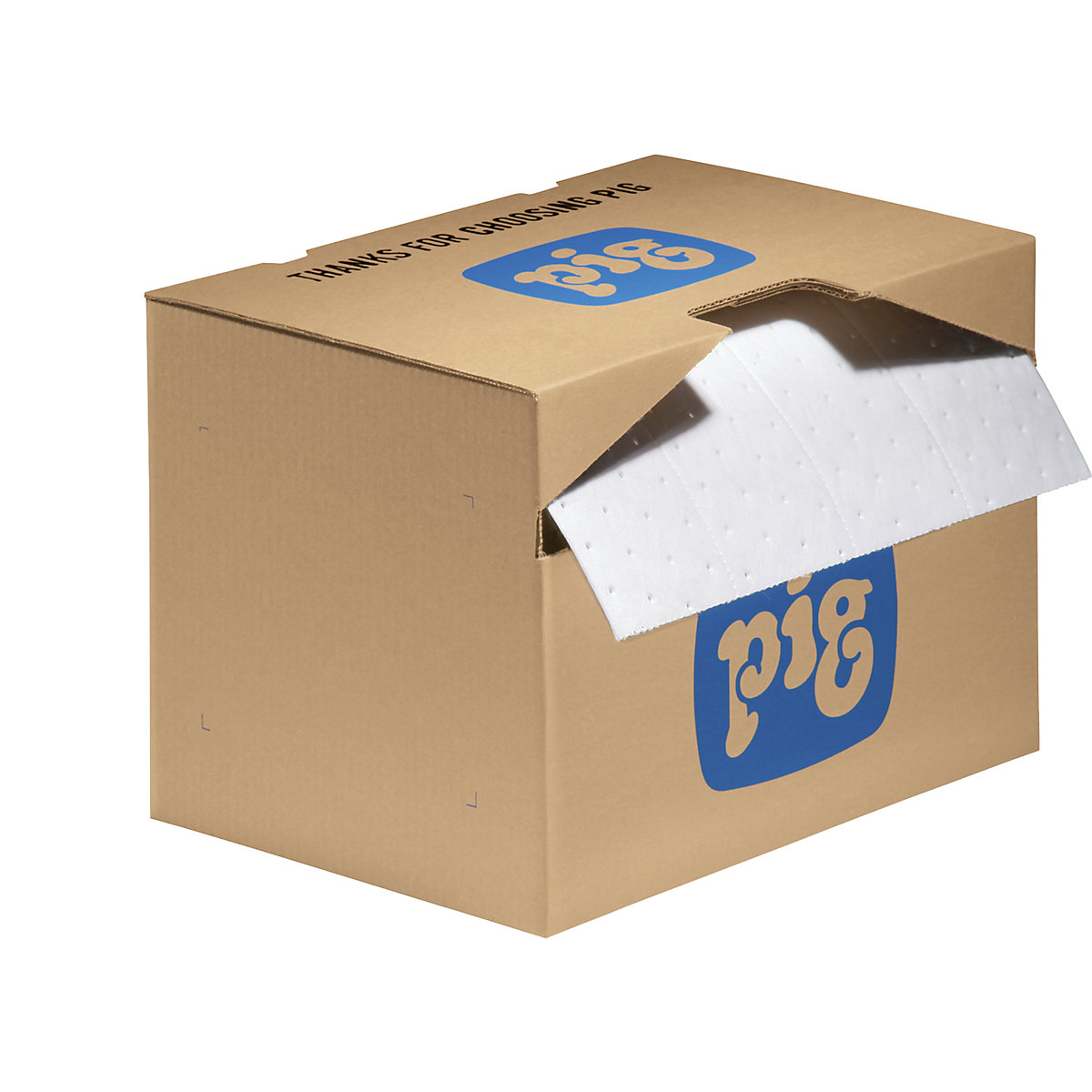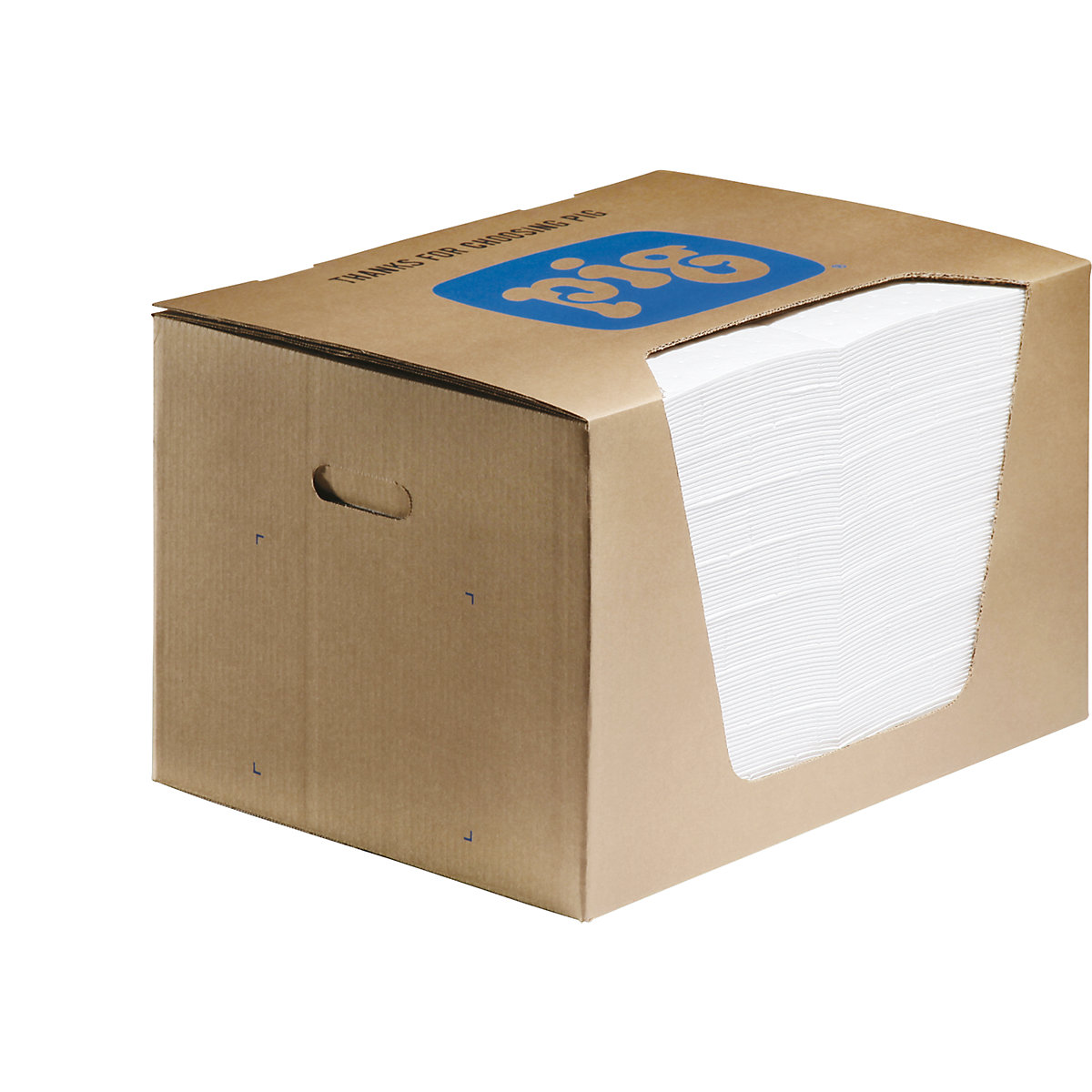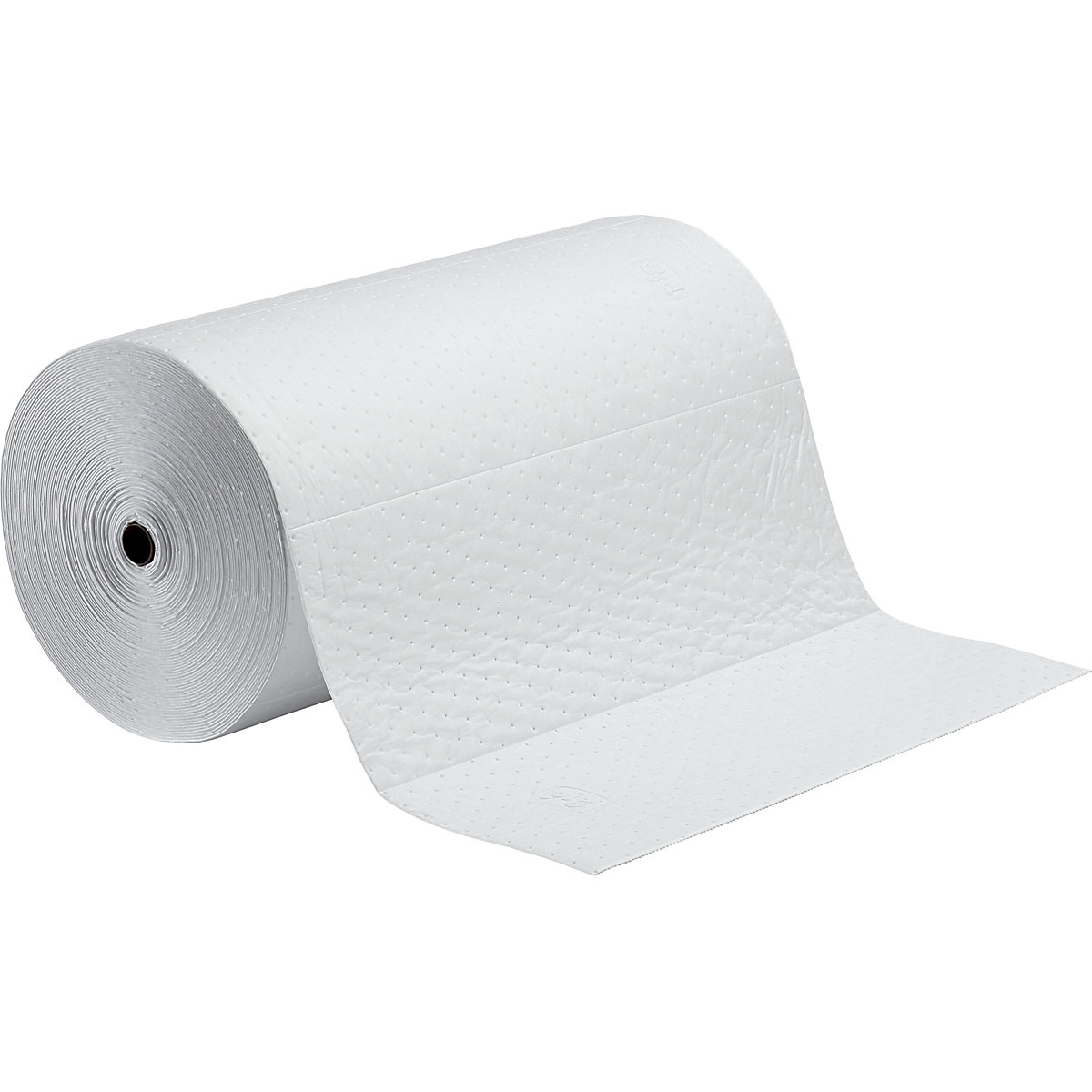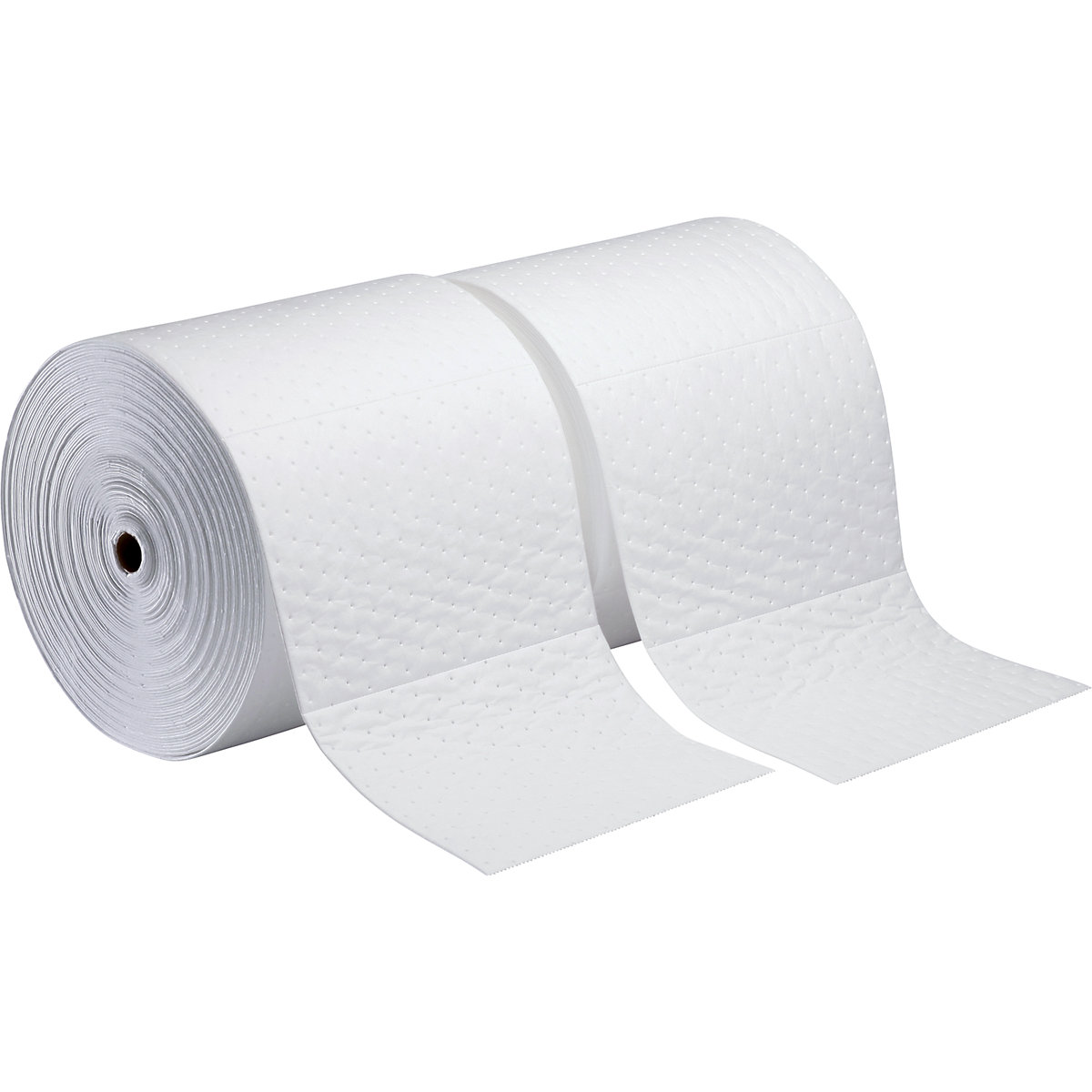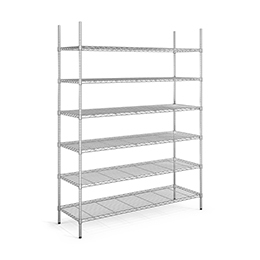Absorbent sheeting FAQ
Practical, low in price, highly effective: absorbent sheeting can be used for virtually any leakages, as a preventative measure or in an emergency. Use our FAQs to inform yourself about the advantages, application areas, versions and properties of this absorption agent.
How can you be sure that you have ordered the right absorbent sheeting from our range? Nothing could be easier: Simply ask us to send you a free-of-charge sample absorbent set (oil, chemicals, universal) to try out! (Note: Please specify which version of the absorbent sheeting you require.)
Advantages
Which advantages does the absorbent sheeting offer me in comparison to cleaning cloths and wipes?
Absorbent sheeting is also suitable for use as an underlay for work or as a floor protection mat. Furthermore: lower disposal costs and higher absorption capacities. Absorbent sheeting measuring 40 x 50 cm can absorb up to 1 litre of oil!
Which advantages does absorbent sheeting offer me in comparison to absorbent granulates?
It is lower in price, can be used as a preventative measure, has a better absorption capacity, it is easier to handle, and produces no dust.
Does the absorbent sheeting from kaiserkraft make handling chemicals safer?
Yes. The absorbent sheeting in our range is made of pure polypropylene. This makes it resistant to virtually all chemicals.
Does absorbent sheeting help me to protect the environment?
Yes. It features a very low disposal volume and residue-free incineration following disposal allows energy to be recovered.
Areas suitable for use
Where is absorbent sheeting suitable for use?
Absorbent sheeting is predominantly used indoors.
PREVENTIVE: In front of, or underneath, machine, under areas which drip, on the work surface, etc.
IN AN EMERGENCY: In the event of accidents and leaks involving oils, chemicals and hazardous goods.
Can I also use absorbent sheeting outdoors?
Yes, when it is used for absorbing oil and fuel. It is then best to use our blue absorbent sheeting, because it does not absorb water – including rainwater!
Versions
How do I find the right absorbent sheeting for my purposes?
This decision should be made on the basis of the fluids to be absorbed (oil, chemicals, universal), the quantity of fluid and the purpose of use.
Which absorbent sheeting is used to absorb which fluid?
OIL (blue):
This absorbent sheeting absorbs hydrocarbons such as oils, petrol and diesel, but no water. It is therefore optimally suited for separating oil and water.
UNIVERSAL (grey):
This absorbent sheeting generally absorbs all fluids:
refrigerants and lubricants, hydrocarbons, water etc.
CHEMICALS (yellow):
This absorbent sheeting also generally absorbs all fluids, has however been specially made for chemicals such as acids, alkaline solutions and alcohol. The yellow safety colour reminds the user that sheeting soaked with chemicals needs to be handled, and disposed of, with care.
Which quality of sheeting do I use for which purpose?
FIRST (1-ply): For simple, one-time applications. Ideal under machines, or in the event of an emergency.
BASIC (2-ply): For standard duty applications. Ideal under machines, or as an underlay for work surfaces.
PRO (3-ply): For lasting, demanding applications. Fuzz-free, highly absorbent, reinforced at the top and bottom.
PRO PLUS (3-ply): As an underlay for work surfaces, as a floor mat or in front of machines. Suitable for walking and driving on, with an additional, dense and anti-slip film at the bottom.
Specifications
Am I obliged to have absorbent sheeting at my company when I am working with hazardous goods such as oils and chemicals?
Companies are, within the scope of occupational safety regulations, obliged to take overall, preventative safety measures (safety obligation). Absorbent sheeting provides an efficient and low-cost solution for absorbing fluids.
How do I dispose of the saturated absorbent sheeting?
Absorbent sheeting (blue) soaked with oil: With the other oil waste. Absorbent sheeting can then be incinerated by the disposal company.
Absorbent sheeting (grey) soaked with a range of fluids: Depending on the fluid absorbed, with the other waste or with hazardous goods waste.
Absorbent sheeting (yellow) soaked with chemicals: With the other chemical waste – in accordance with the guidelines applicable for the respective chemicals.
If you have detailed enquiries on disposing of your absorbent sheeting, please contact your specialist disposal company.


